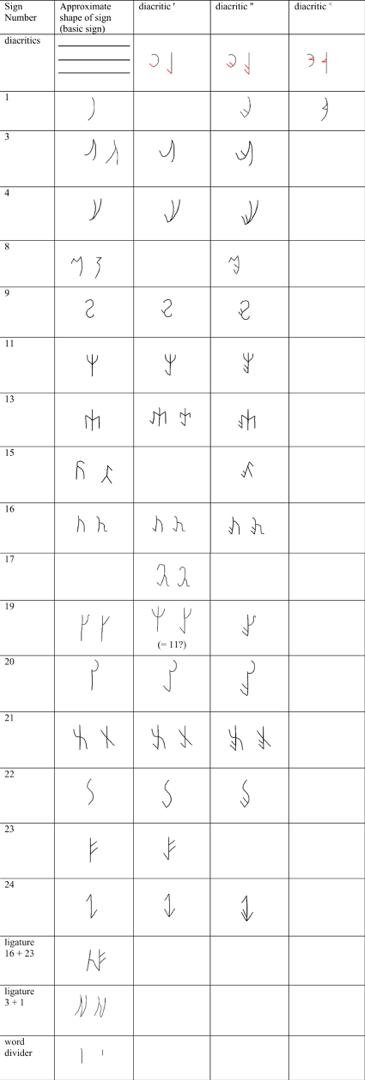Researchers have deciphered more than half of the characters of the so-called “Kushan script” by comparing them with inscriptions in an ancient language known as the Bactrian language. Researchers have partially deciphered the “unknown Kushan script” — a writing system that has puzzled linguists since it was first discovered in the 1950s.
Researchers deciphered the ancient text using rock inscriptions discovered near Almosi Valley in northwestern Tajikistan in 2022, which include sections in an extinct but well-known language called Bactrian.

The study’s lead author Svenja Bonmann, a comparative linguist at the University of Cologne in Germany, said in a video posted by the university on July 13: “We have found that the so-called ‘Kushan script’ was used to record a previously unknown Middle Persian language. In other words, we have decoded the line.
This Middle Iranian-Persian language was probably one of the official languages of the Kushan Empire, which was spread throughout Central Asia and Northwest India between 200 BC (2200 years BC) and 700 AD (that is, for 900 years). When the Kushans were at the height of their power in the second century AD, they coexisted with the Roman Empire. The ancient Eurasian nomads who originally inhabited the Kushan Empire—called “Tocharians” by Romano-Greek writers—may have spoken a language that scholars have suggested was called “Eteo-Tochari.” (“Eteo” is a prefix used by modern scholars meaning “true” or “genuine”.)
Booneman said that the script associated with this Kushan language remains somewhat obscure because many texts have not stood the test of time and survived intact. “Organic matter decomposes very quickly, which means that practically none of it remains.”
What is clear from this language is that until 700 AD, the Turkmen tribes had not yet migrated to Central Asia from the North-West of today’s Korea and North-East Siberia.
Characters carved into cave walls and painted on ceramics have survived throughout Central Asia and provide clues about the Kushan language. Archaeologists have discovered dozens of inscriptions since the late 1950s, mostly in present-day Tajikistan, Afghanistan, and Uzbekistan.
“Researchers have been working on this for decades, mostly in France and Russia, but with little success,” Eugen Hill, a professor of comparative linguistics at the University of Cologne who was not involved in the study, said in the video.
An Iranian-Persian language
In a study published July 12 in the journal Transactions of the Philological Society, Bonman and his colleagues examined the newly discovered “bilingual” inscriptions and deciphered the Kushan script using methods similar to those previously used to decipher other ancient languages.
“The best scenario is to have a parallel text—so to speak bilingual or trilingual—that conveys roughly the same meaning, but in two or three different scripts or languages,” Bonman said.
In this case, researchers were able to discover the meaning of Kushan using parallel inscriptions in the Bactrian language carved into rocks found in Almusi Gorge and Navur Plain, Afghanistan, in the 1960s.
The words referring to the Kushan emperor and Ma Takhtu as “King of Kings” in Tajik and Afghan texts provided researchers with a clue to the phonetic values of individual characters that had remained a mystery until then. Their observations show that the Kushan script records a language that developed midway between Western and a language called Khotani Saka spoken in western ancient China (then part of the Kushan Empire).
The discovery sheds light on more than half of the 25 to 30 signs used in the Kushan script, according to the study. By re-examining the known inscriptions and searching for more examples, the team hopes to decipher the remaining characters and read the enigmatic text in its entirety.

The list of Kushan Shahs is as follows:
Ardeshir I of Kushanshah
Ardeshir II of Kushanshah
Kushanshah’s first Pirooz
Hormuz I Kushanshah
Hormuz II of Kushanshah
Kushanshah’s second Pirooz
Bahram I Kushanshah
Bahram II Kushanshah
Kushanshah’s third Pirooz

